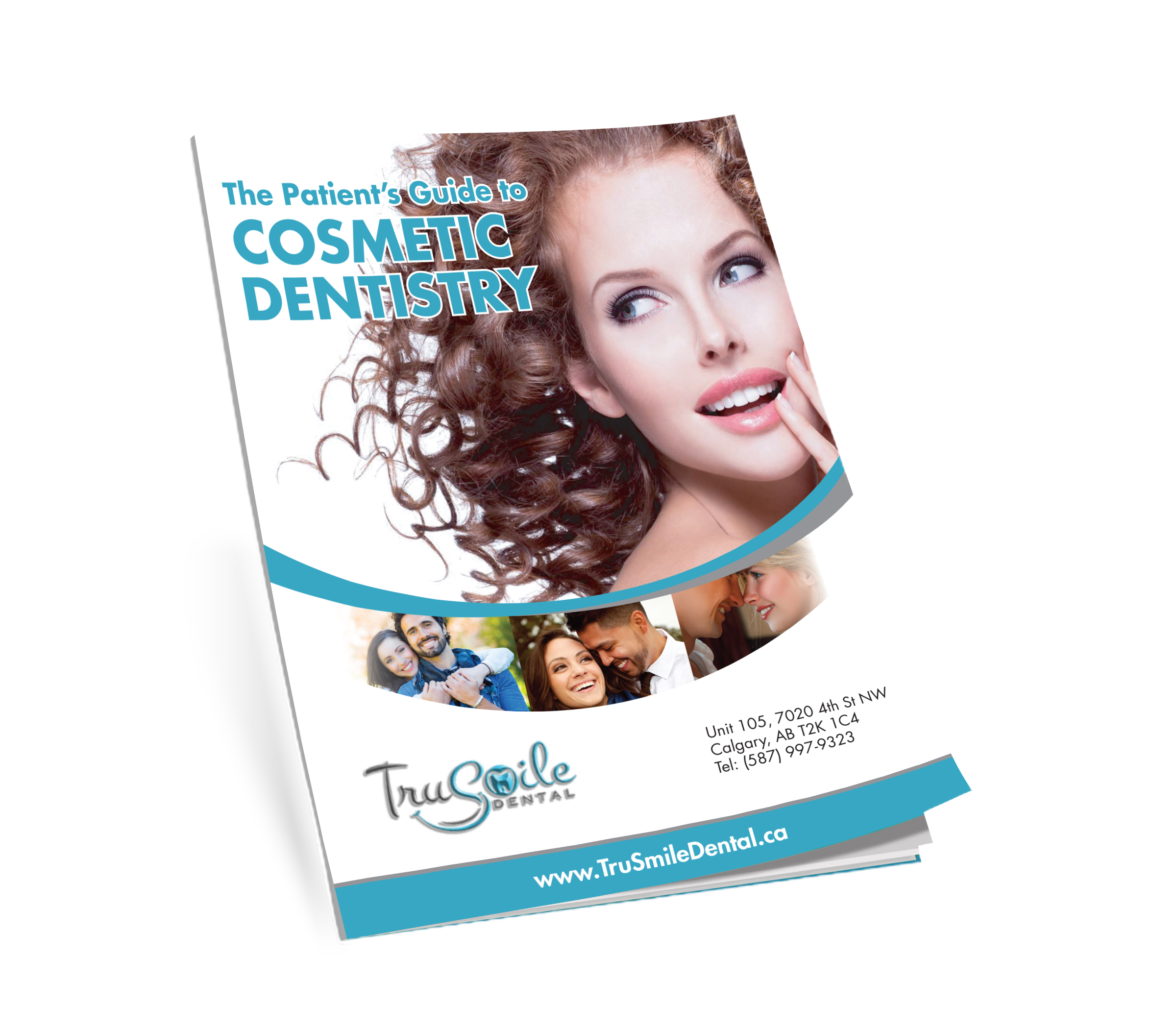The Anatomy Of A Toothache: Understanding When A Root Canal Is Necessary
Calgary, AB
A toothache can be a persistent and throbbing discomfort, disrupting daily life and signaling an underlying issue within the tooth. In this comprehensive exploration, we unravel the intricacies of the anatomy of a toothache, delving into when and why a root canal may become a necessary intervention. Understanding the nuances of tooth pain is crucial for making informed decisions about dental care and maintaining optimal oral health. If you’re experiencing a toothache, consulting a dentist in Huntington Hills is essential for proper diagnosis and treatment.
The Tooth’s Anatomy
To comprehend the root causes of a toothache, it’s essential to understand the basic anatomy of a tooth. Teeth consist of multiple layers, with the outermost layer being enamel, followed by dentin, and finally, the pulp at the core. The pulp houses blood vessels, nerves, and connective tissues, playing a vital role during the tooth’s development. However, when the pulp becomes compromised, it can lead to pain and necessitate a root canal procedure.
Common Causes of Toothaches
Tooth Decay
The most prevalent cause of toothaches is tooth decay. Bacteria that thrive on leftover food particles produce acids that erode the enamel, leading to cavities. When the decay progresses and reaches the pulp, it can result in inflammation, infection, and intense pain.
Gum Disease
Periodontal issues, such as gum disease, can contribute to toothaches. As the gums recede, the tooth roots become exposed, making them susceptible to sensitivity and pain.
Cracked or Fractured Teeth
Teeth that are cracked or fractured, either due to trauma or other factors, can cause discomfort. The severity of pain often depends on the extent of the damage.
Impacted Wisdom Teeth
Wisdom teeth, if impacted or emerging improperly, can lead to pressure and pain in the surrounding teeth and jaw.
Recognizing the Need for a Root Canal
While not all toothaches necessitate a root canal, certain signs indicate when this intervention may be required:
Persistent Pain
This pain may also be accompanied by spontaneous discomfort without any external stimuli. Individuals experiencing persistent pain should be aware of any changes in the intensity or frequency, as these may indicate an escalating issue that requires prompt dental evaluation.
Sensitivity to Hot and Cold
If the sensitivity is particularly pronounced and lasts for an extended period, it is essential to note any throbbing sensations or referred pain. Such symptoms could signify deeper involvement of the dental pulp and may necessitate a closer examination by a dentist.
Swollen Gums
In addition to the swelling, individuals should be attentive to any signs of redness or tenderness in the affected gum area. These accompanying symptoms may further indicate an inflammatory response to an underlying issue, prompting the need for professional assessment and potential root canal therapy.
Pimple on the Gums
Individuals with a dental abscess, represented by a pimple-like bump, might experience a bad taste in the mouth or notice pus drainage. These additional symptoms, coupled with the presence of the bump, emphasize the urgency of seeking dental care to address the infection and prevent its spread to adjacent tissues or other teeth. Early intervention is crucial to avoid complications and preserve oral health.
The Root Canal Procedure
Contrary to common misconceptions, a root canal is a relatively straightforward and pain-relieving dental procedure. It involves removing the infected or damaged pulp from the tooth, cleaning and disinfecting the root canal, and then sealing it to prevent further infection. With modern advancements in dentistry, root canals are performed with precision and efficiency, offering a high success rate in saving the natural tooth.
Preventive Measures for Toothaches
Maintain Oral Hygiene:
Regular brushing, flossing, and routine dental check-ups are fundamental in preventing toothaches caused by decay and gum disease.
Protect Teeth from Trauma:
Using mouthguards during sports activities or addressing issues like teeth grinding can protect teeth from trauma and potential fractures.
Early Intervention:
Addressing dental issues promptly, such as getting cavities filled or treating gum disease in its early stages, can prevent the progression to more severe toothaches.
Understanding the anatomy of a toothache helps individuals to recognize the signs, seek timely intervention, and make informed decisions about their oral health. While toothaches can be indicative of various issues, recognizing when a root canal is necessary is crucial for preserving the natural tooth and alleviating persistent pain. Regular dental check-ups by your dentist in Huntington Hills play a pivotal role in preventive care, ensuring that potential issues are identified early and appropriate measures are taken to maintain optimal oral health.
Related Articles
New Patients Are Welcome!










